Update Mar 4, 2100z:
Some local agents are now saying that they are not able to provide Russian landing and overflight permits to US registered aircraft and operators. We’ve had similar reports from some locally based OPSGROUP members. Russian authorities still haven’t published a UUUU Notam for this yet, but for most operators planning trips in the region ensure you avoid Russian airspace entirely for the time being.
Original story from Mar 2:
In just a short week the skies over Europe have dramatically changed.
In response to the conflict in Ukraine, the EU, the US, Canada, along with several other countries have now introduced blanket bans on Russian aircraft and operators from their airspace. Russia has responded by banning many of these countries’ aircraft and operators from Russian airspace – we’re still waiting for Russia to ban those from the US, but we expect it to be issued soon.
In addition to the complete closure of Ukrainian, Moldovan and portions of Russian and Belarusian airspace, options to overfly Europe have become increasingly complicated – especially for aircraft transiting between Western Europe and the Middle East, Asia and Australasia.
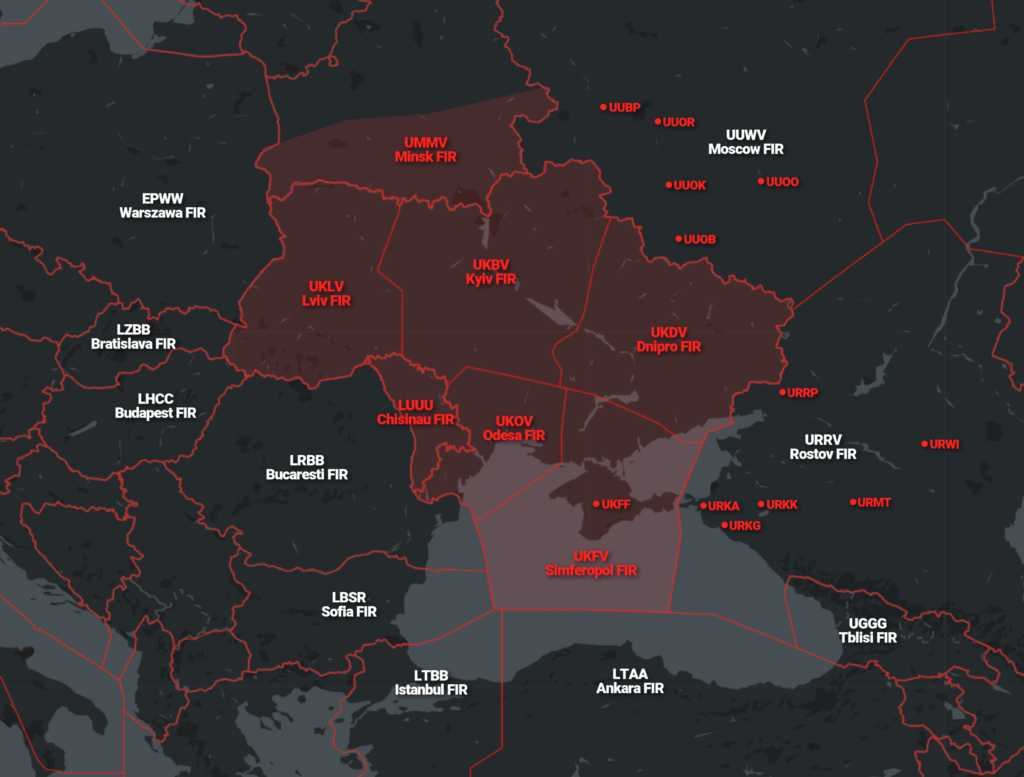
Closed airspace and airports are shown in red.
Major carriers now appear to be following two major air corridors – one that extends from the Persian Gulf to Romania, the other from China to the Black Sea. Here’s what that looks like:
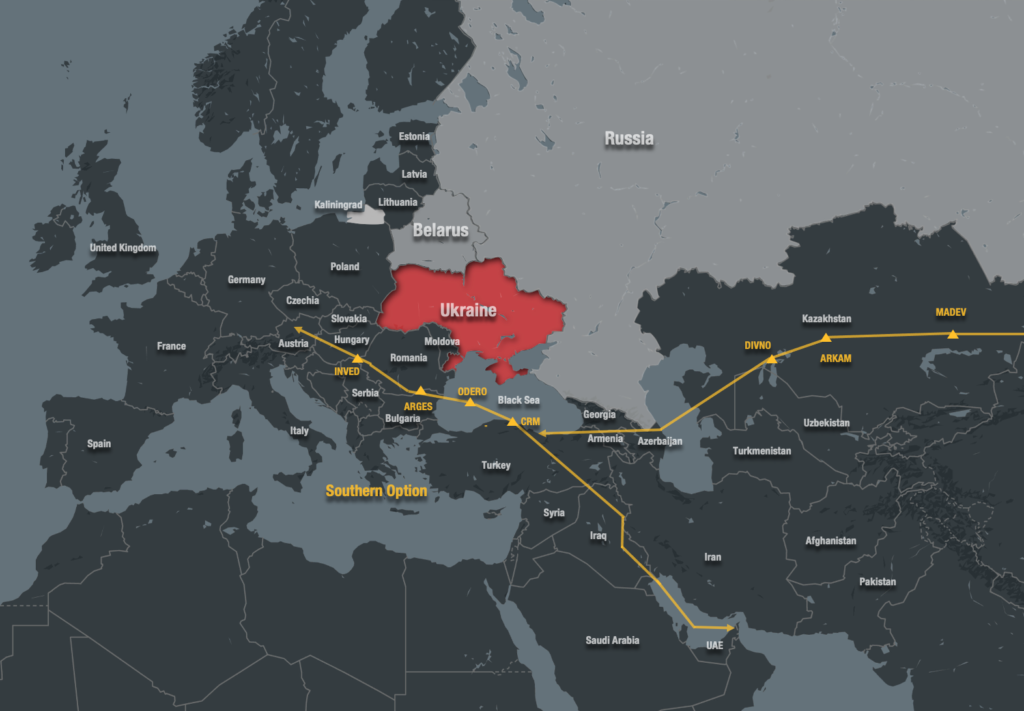
Example of routes currently being flown by major operators.
The routes take aircraft in close proximity to several danger spots, and so here is a guide to what you need to know…
The Middle East
The southerly route begins over the Persian Gulf through both the OBBB/Bahrain and OKAC/Kuwait FIRs which are considered safe.
It is, however, a narrow corridor that takes aircraft close to Iranian airspace to the east that should be avoided entirely. Following the shoot down of a Boeing 737 there in January 2020, several countries have active airspace warnings in place for the OIIX/Tehran FIR – including the FAA’s outright ban on US operators. The risk there is from the use of advanced anti-aircraft weaponry at levels.
See the official airspace warnings for Iran here.
Beyond the Persian Gulf, this route continues through Iraqi airspace. Iraq itself remains an active conflict zone so the airways and levels used should be considered carefully.
But is it safe? The general consensus is on eastern airways UL602, UM860 and UM688 at or above FL320, yes. Elsewhere, no. Although the US FAA recently re-allowed Iraqi overflights throughout the ORBB/Baghdad FIR, it is not advisable. Canada, the UK and France also recommend against flights at lower levels where aircraft are at risk of being intentionally targeted by terrorist groups.
See the official airspace warnings for Iraq here.
To the West lies Syria – the OSTT/Damascus FIR should be considered extremely dangerous. There is a high risk to aircraft here at all levels due to active fighting, and the potential to be misidentified by Syrian air defence systems. Give it a wide berth.
See the official airspace warnings for Syria here.
Europe
The flight path then threads North through Turkish airspace where there are some risks to be aware of, despite being considered safe.
The first is mistaken identity – there are militia active in the country who infrequently target Turkish military aircraft with anti-aircraft weaponry at lower levels. The second is due to GPS jamming. There are reports of widespread signal interference in the LTAA/Ankara FIR especially on the border between the ORBB/Baghdad and OIIX/Tehran FIRs.
More on the risks in Turkish airspace, here.
Further north the route being flown heads over the Black Sea before a westerly turn towards Romania. The further north you route, the higher the risk. Most operators appear to be heading no further than the waypoint ODERO.
Beyond that you will approach the active conflict zone in Ukraine. While all Ukrainian airspace is closed, there is likely ongoing military activity in the Black Sea – including naval and air force operations with little regard for civilian traffic. The consensus of OPSGROUP members is to avoid the area as much as possible.
The route then continues through Romania and Hungary. There are no airspace warnings for these countries which are considered safe and reliable. It is worth remembering though that they share a border with Ukraine. If flight planning further north be careful of your proximity to it – risks may be present on either side of the border.
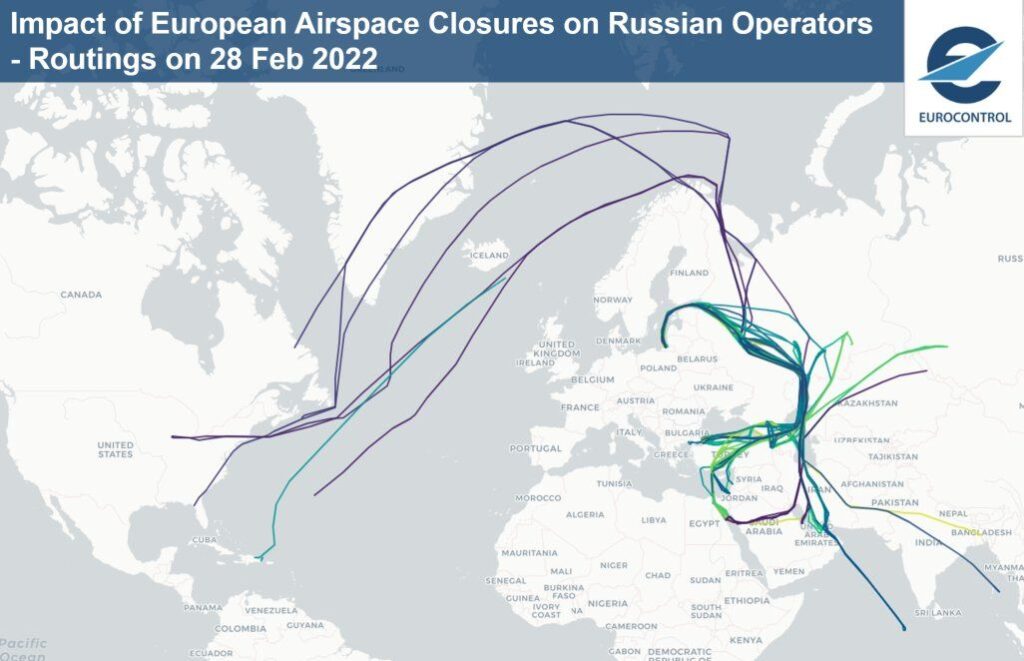
The impact for Russian operators
The more northerly route – China and the ‘Stans.’
Aircraft crossing Europe from the Far East, such as Japan and China, may also follow routes through China’s airspace. Airways in mountainous regions such as the Himalayas require extra planning – especially with regards to escape routes in event of engine failure or depressurisation.
As such, OPSGROUP members report that Chinese authorities have been reluctant to allow foreign operators to use routes such as L888 (also known as the ‘Silk Road’) without meeting special requirements – you can read more about this here, and if you’re heading this way make sure you download our Himalayan Routing Guide here.
Flights over Afghanistan should be avoided. The OAKX/Kabul FIR is still uncontrolled following the Taliban’s offensive late last year. There are also serious threats to aircraft at low level from anti-aircraft fire, in addition to serious security issues for crew on the ground. You can find more info on these risks here.
There are also active airspace warnings for Pakistan, although it is generally considered safe for overflights. Care should be taken in the disputed northeastern part of the country (the Kashmir region). The general consensus is that higher is better in the OPLR/Lahore and OPKR/Karachi FIRs. For more on these warnings, click here.
Assessing the Risk
With such dramatic changes to the risk picture of Europe’s airspace it can be challenging to wrap your head around just how much risk is acceptable, and how much is not. It is also important to remember that you shouldn’t enter airspace unless you are able and willing to land there.
There’s a few ways that OPSGROUP can help. The first is with safeairspace.net, our Conflict Zone & Risk Database which we update with official state warnings and our own analysis around the clock. We’ve also written an article about how to assess risk which you can read here.
Help and support from others in OPSGROUP
Every Tuesday at 2000z we hop online to talk about these things in our regular OPS CHAT. You can read about these here.
This week our members discussed the situation in Ukraine and its impact on international flight ops.
Here’s the link to the replay of yesterday’s OPS CHAT, plus a text summary of all the main topics discussed: Russian operator ban, Russia reroutes, areas of concern in Polish airspace, aircraft getting stuck in Russia, and how OPSGROUP might be able to help with operational support and information.
Or reach out to the team with your question – we’re always around at team@ops.group, and we’d love to hear from you.
More on the topic:
- More: Airspace Violations: Spillover Concerns in Eastern Europe
- More: Russia: Aircraft Shot Down, New EASA Airspace Warning
- More: Ukraine-Russia Spillover Risks: Nov 2022
- More: Is the Fuel Pool Drying Up?
- More: Russian CAA website taken offline
More reading:
- Latest: 2025 Flight Ops Changes: The Big Ones
- Latest: More face scans at the US border for BizAv flights
- Latest: Greenland NAT Alternates: Dec 2025 Update
- Safe Airspace: Risk Database
- Weekly Ops Bulletin: Subscribe
- Membership plans: Why join OPSGROUP?



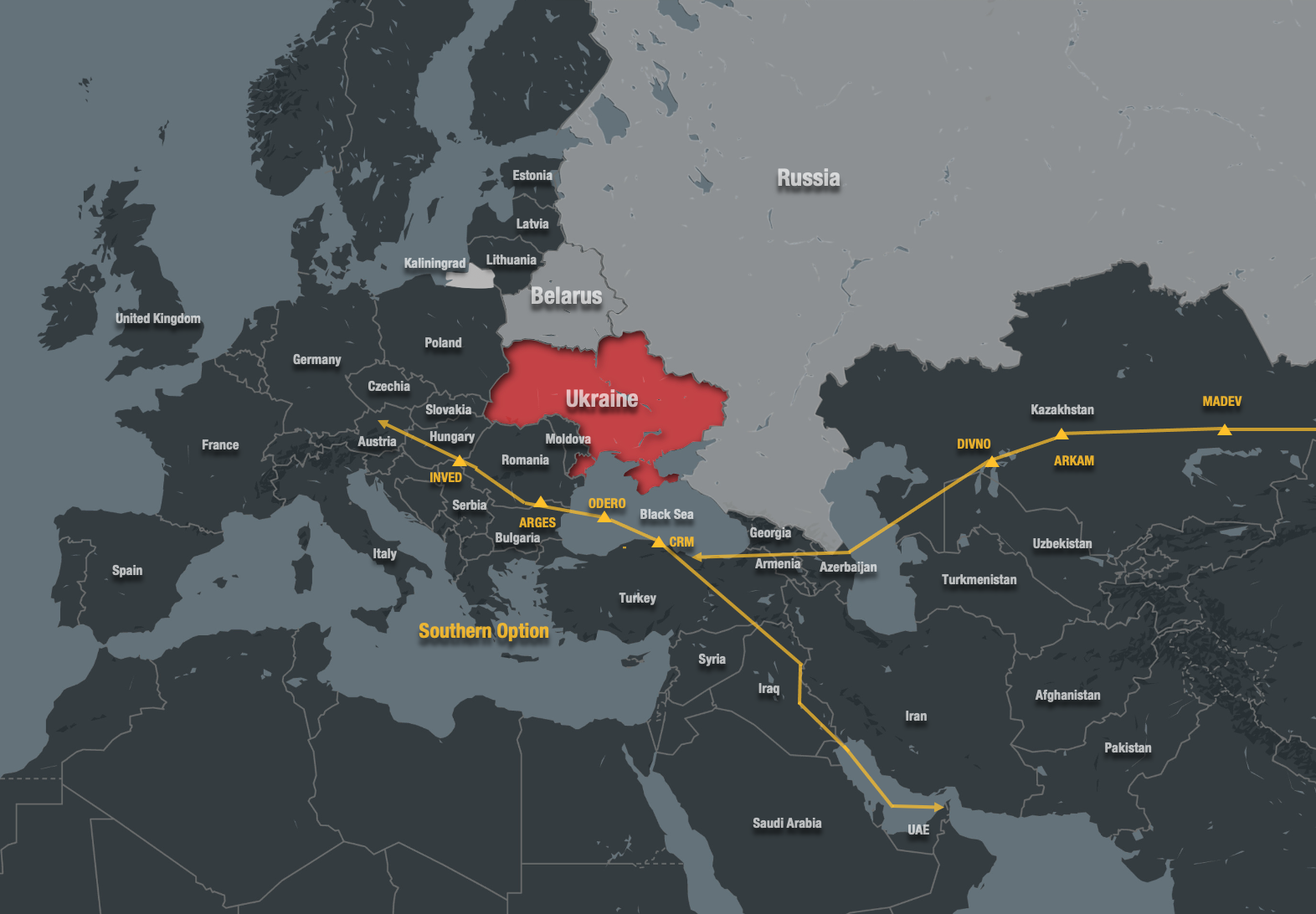
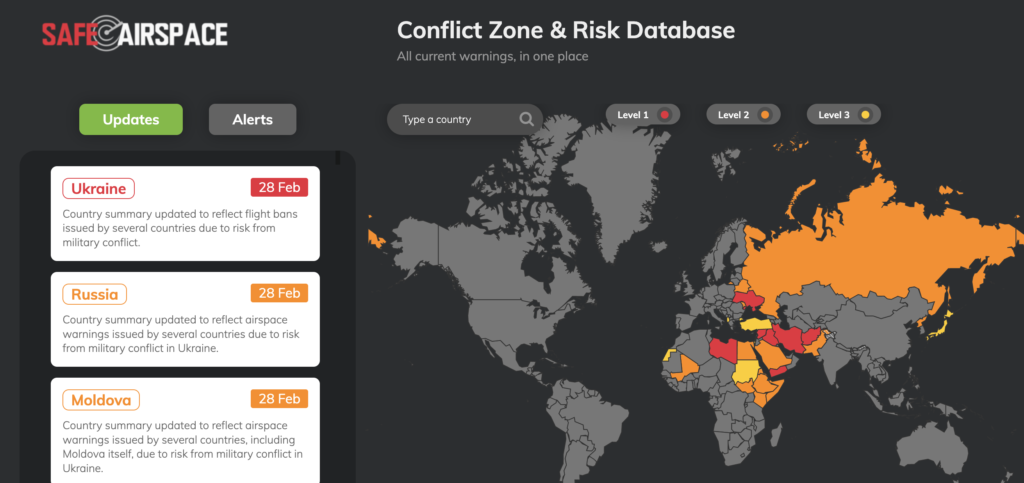








 Get the famous weekly
Get the famous weekly 





